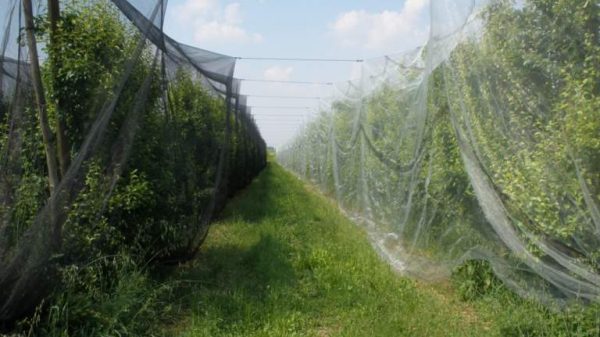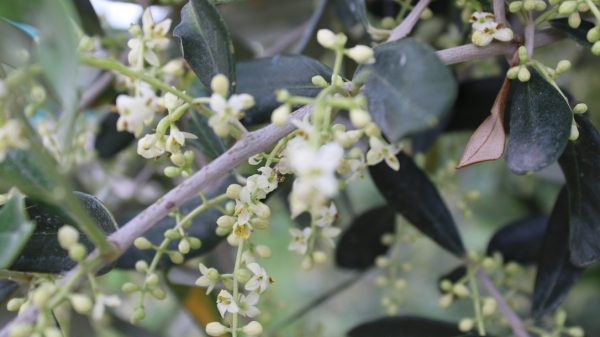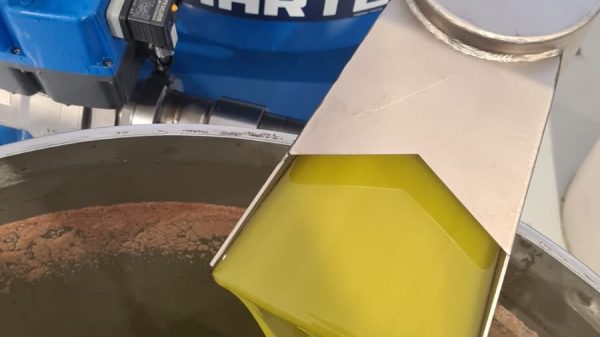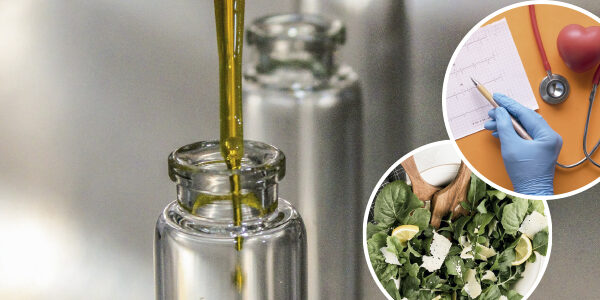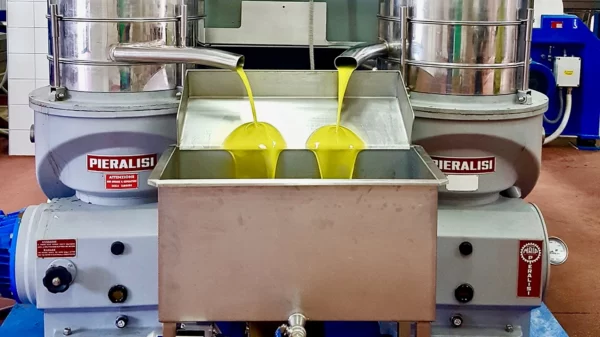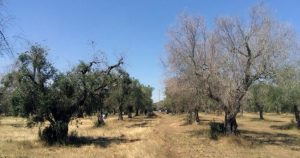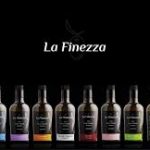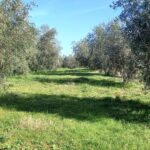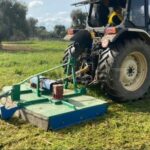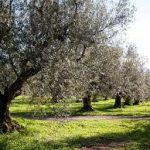The effectiveness of kaolin in olive growing (including organic) to counteract heat waves is attracting great attention, thanks to the "anti-heating" effect determined by its ability to reflect the sun's rays. This fact has stimulated in some the legitimate curiosity to ask themselves what is meant by "quality" when speaking of this product. In other words: are all types of kaolin the same? And who determines whether one kaolin is better than the other?
 With Dominic Bucca (in the picture), sales engineer of Clay & Clay, owner of the brand AgriBioClay, let's try to delve into this topic and understand more about it.
With Dominic Bucca (in the picture), sales engineer of Clay & Clay, owner of the brand AgriBioClay, let's try to delve into this topic and understand more about it.
“Let's begin immediately by saying – he explains – that quality is not established by the seller, but by European legislation, implemented nationally, which defines the perimeter within which a product can be considered as such. Any mineral, to be such when it is extracted from the rock, must have at least 60% of that substance. In our case, the higher the percentage of kaolinite present, the higher the quality level obviously. Vice versa, if the percentage of kaolinite does not reach at least 60%, we cannot speak of kaolin. It does contain kaolinite, but that product cannot by law be defined as kaolin, nor be marketed as such. Furthermore, the legislation regulating corroborants establishes that in order to be marketed as such, rock dust must be used as it is, obtained with mechanical procedures and free from polluting elements".
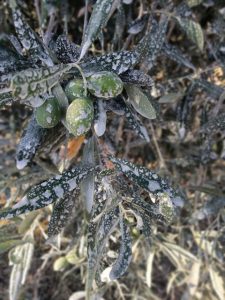 So is it just a matter of purity?
So is it just a matter of purity?
“Rather than purity, I would speak more generally of safety. For example, there are types of kaolin, such as the one used for ceramics and therefore not for food purposes, which has a reduced percentage of purity and a high presence of dioxins. Dioxins, as consumers have learned well by now, are fixed on fats, and olive oil is a fat par excellence. The law establishes the maximum threshold of tolerable dioxins (and obviously it is an infinitesimal value) and the kaolin producer must make use of a third party certifier to declare that it is below that threshold. To say that dioxins are totally absent is a lie, because in many rock powders including kaolin it is always present. But where the kaolin is in purity, the quantity of dioxins is well below the legal threshold, protecting everyone".
A certainty that also translates for the olive producer. Right?
“I will say more, the producer who uses kaolin faces another risk if he buys a non-quality product. I'm talking about the respirable free silica content. This must be at an extremely low level in order not to cause damage to the health of those who distribute it in the olive groves. The respirable free silica content must also be certified and declared on the label. Values above 1% must be declared with the appropriate symbol because they are dangerous for the operator who must in any case use it using personal protective equipment such as a mask. And also in this case the rules are not set by the retailer, but are governed by legislation”.
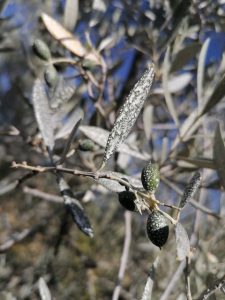 We talked about the reduced content of dioxins and free respirable silica. Are there other parameters to "measure" the quality of kaolin?
We talked about the reduced content of dioxins and free respirable silica. Are there other parameters to "measure" the quality of kaolin?
“Another aspect to bear in mind, which does not concern health but the machinery used, is that linked to the abrasiveness of the product. A kaolin that has impurities, coarse particles and sieved residues in quantity, damages the sprayer machine, starting with the nozzles that get clogged, putting the pump out of order already in the second season. However, a certain abrasiveness is always present but the characteristics of the deposits of origin and the processing with suitable machinery and techniques can minimize the presence of hard minerals, always present in kaolin such as quartz, feldspar and mica".
Final advice?
“The advice I can give is that the customer always check the certificates of conformity on the content of dioxins and respirable free silica and that he ascertains the percentage of purity of the kaolin to reduce the risk of impurities. Whether it is used in these weeks against excess heat, or distributed in September when perhaps the temperatures have returned to normal and there is the risk of an attack by the fly against which this product is effective, it is always advisable to choose a quality kaolin to guarantee the efficiency of the treatment, the prevention of the operator, the wholesomeness of the product, the integrity of the machinery”.
To know more: https://agribioclay.com/

